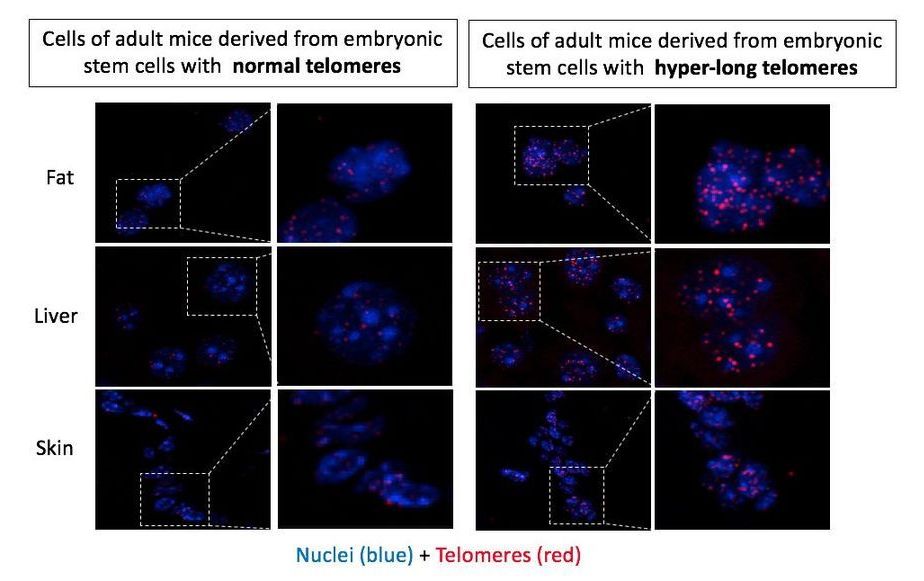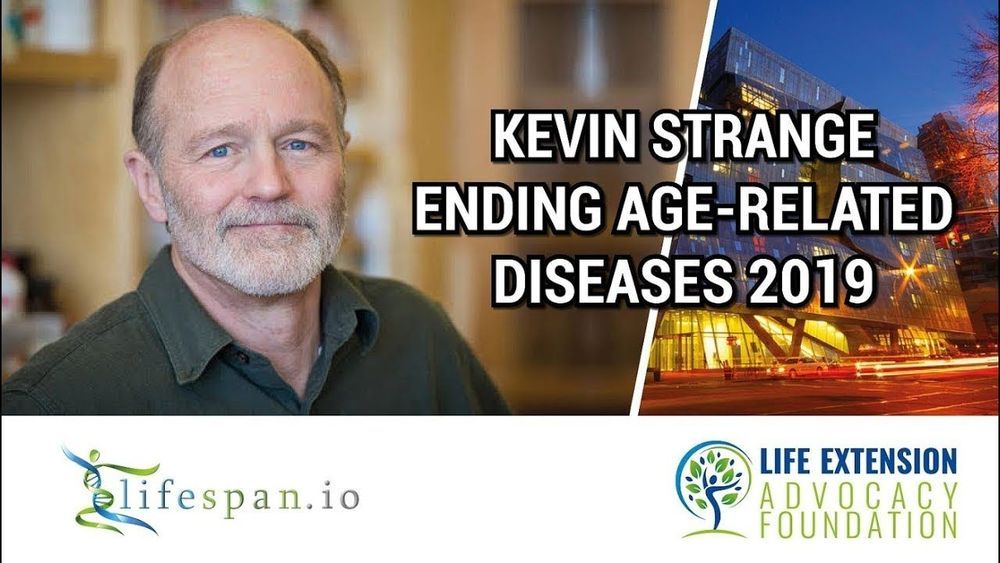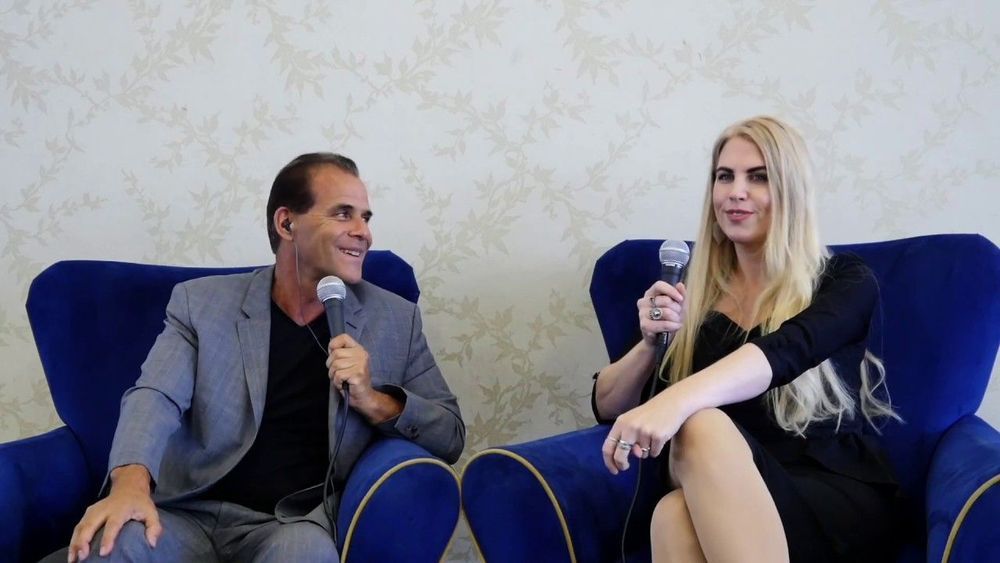Diet Plan For Old Age: Reduced food intake must be implemented early and be sustained.
Someone has rightly said, ‘healthy eating begins with you.’ Nourishing your body with the right nutrients and maintaining a healthy weight can help you stay active and independent even as you age. According to a recent study published in the journal Nature Metabolism, reduced intake of food in both humans and animals may improve health in their old age, further leading to longevity. However, in order to improve health in old age and to extend lifespan, the pattern of the diet (diet plan) must be established earlier in life. Scientists from the Max Planck Institute for Biology of Ageing, the Excellence Cluster for Ageing Research at the University of Cologne, the Babraham Institute in Cambridge and UCL observed that mice become healthier when they were fed in moderation from early stage and maintained it before entering old age.









